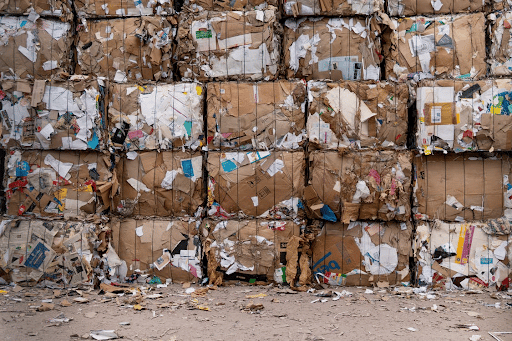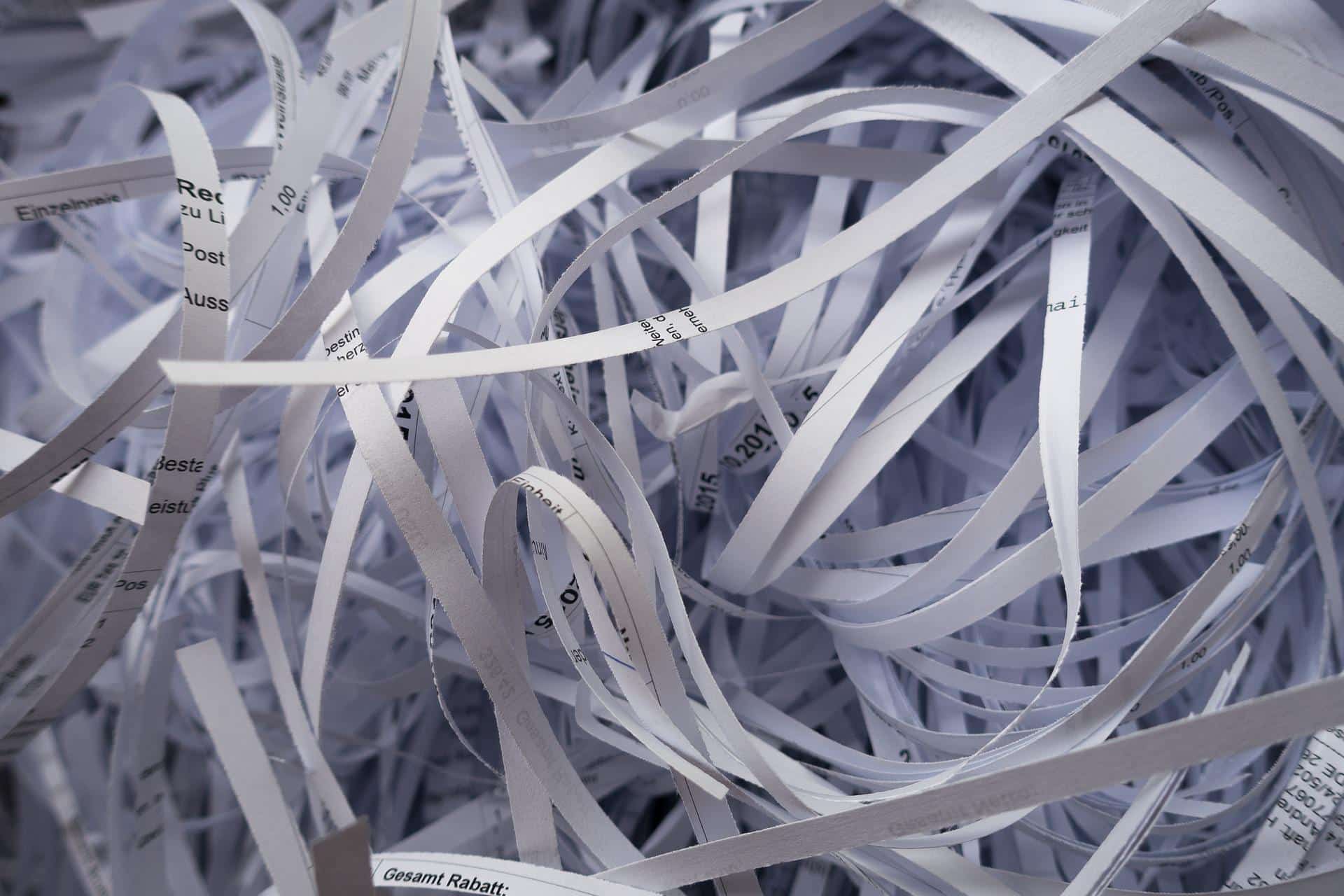How Can Recycling E-waste Help Reduce Pollution?

All countries are promoting EV vehicles at a great scale. They are a cost-effective transportation solution that doesn’t harm the environment. But where do they go when their batteries don’t work anymore? The metal parts of the vehicles get a new life after recycling, but the batteries have limited solutions.
Before we jump to E-waste recycling, you should clearly understand why recycling is essential.
Today, environmental issues are getting attention at all discussion tables because the need to manage development has risen. Here, the pollution created by industries and humans is one thing, but waste management poses another challenge. People usually have piles of documents in their homes and compare them with companies, multiply them by any number. That’s the scale of waste. Solution? Taking help of document shredding services. It provides an easily manageable solution and also preserves critical and confidential information. At the same time, other recycling services like product destruction offer a better alternative to disposing of unused and unsatisfactory items.
However, paper and clothes only fill storage spaces and do not raise grave environmental concerns; EV batteries do. Let’s move on to the next part.
What is E-waste?
Quick question- How often do you change your mobile phone or electrical appliances at home? Probably when you feel it’s time to update to a newer and better product. Do you ever wonder where those electronic products go? Hardly yes!
All these electronic devices and appliances that have reached their usable life cycle or are getting replaced for a better product are ‘E-waste’. The batteries, remotes, and computers all count as e-waste. The problem here is that few people are aware of the proper disposal of e-waste, which causes a dangerous threat to the environment, animals and humans. The amount of e-waste generated by companies and businesses every year is nothing compared to the bits and pieces you see at home. Therefore, proper disposal of e-waste is crucial to maintain the equilibrium of the environment.
What to do with Electronic waste?
The best method of waste management follows the same approach– Reduce, Reuse and Recycle. Individuals may reduce the procurement of electronic devices with good maintenance, reuse already functioning items or opt for recycling. However, the case with companies and businesses differs. They can not opt for reducing or reusing options every time because that targets the accuracy and profitability of their companies. Plus, governments can not restrict the adoption of EV vehicles because that is what future generations require. So, the only viable option left is ‘e-waste recycling.
What is e-waste recycling?
All the waste generated by obsolete, surplus and broken electronic devices is what you typically refer to as e-scraps or e-waste. These scraps contain toxins and hazardous chemicals. When they’re not disposed of properly, these toxins contaminate the environment.
Here, e-waste recycling offers a beneficial option as it gives a new life to all those materials. It follows a simple process: recover the material, reprocess it, and reuse it in new products. But why is it necessary? The necessity is paramount because no other options work. It deals with obsolete and scrapped items which can now be recycled into new ones.
Let’s understand it with the example of EV batteries.
E-vehicles are getting popular in all countries depicting a stark shift in the future of transportation globally. As per reports, EV buses and cars will rise three times by 2030. With the increase in number, the waste will also increase. Electric vehicles work primarily on lithium-ion batteries. As you know, resources are limited; therefore, we must have a sustainable solution that meets the needs of the present without compromising the future. Recycling lithium-ion batteries allow almost 95% of the materials to be recovered and reused, keeping the EV market and transportation running without causing supply chain crises. What does this example tell us about the significance of e-waste recycling?
Benefits of e-waste recycling
The above example answers the ‘why’ question about the importance of e-waste recycling activities. Thus, e-waste recycling must be encouraged at all levels to mitigate the supply chain crisis, promote sustainable growth and prevent environmental pollution. It can recycle many components, from plastic, metals, and mercury to batteries. It benefits us in the following ways:
Preserve natural resources
Recycling old items like batteries help manufacturers reuse the resources, thus reducing the burden on the environment.
Protects environment
The process of recycling prioritizes environmental protection at every step with proper management of toxic and hazardous materials.
Generates more jobs
Unemployment is a big issue due to the lack of employment opportunities and skilled labour. It creates a demand for professional recyclers and other people involved in the handling, transportation and management processes.
Save landfills
All the discarded materials are dumped at landfills and incinerator plants, causing land pollution. Recycling the waste minimizes this issue,
Finally!
E-waste recycling offers plenty of options to countries, communities and businesses. It creates a balance between environmental goals and the revenue system. It can ease off the burden on the environment and help it replenish. Nevertheless, if you want help with services like product destruction, e-waste recycling, shredding and other waste management methods, search Stockton recycle centre and click on the ‘Green Planet 21’ website. We aim to offer sustainable solutions to businesses and individuals for waste management issues. Check out our website for details.


